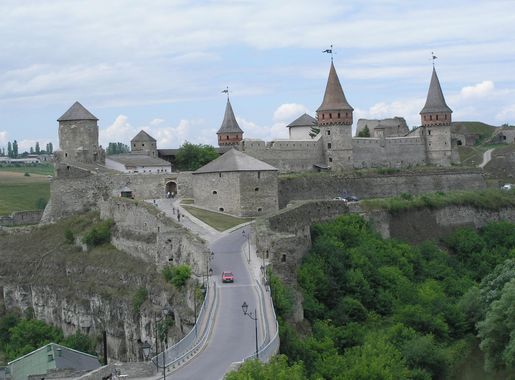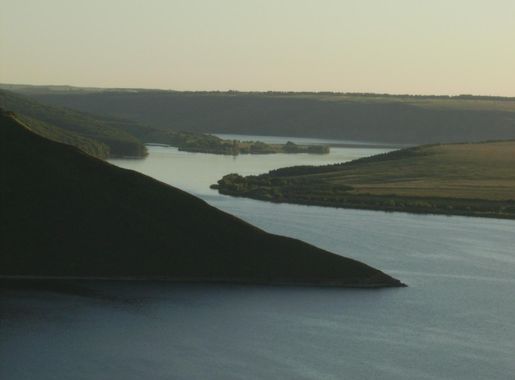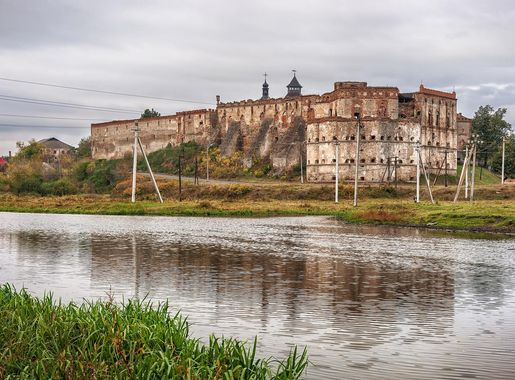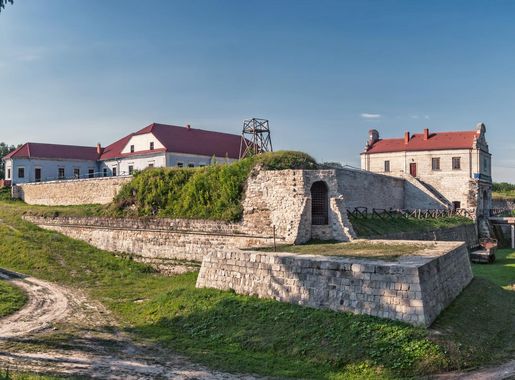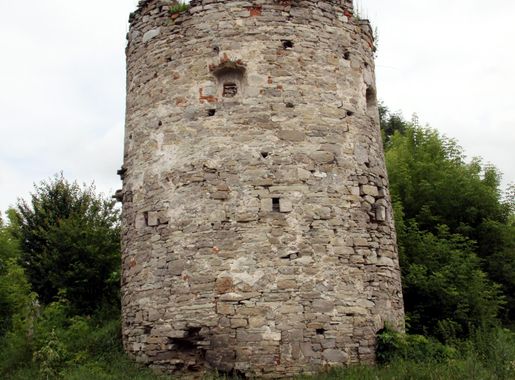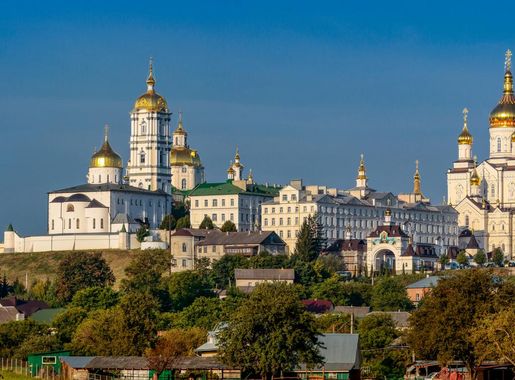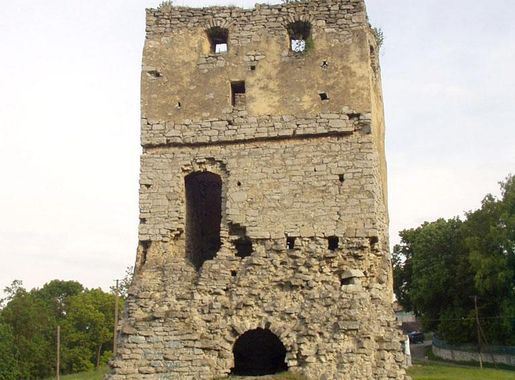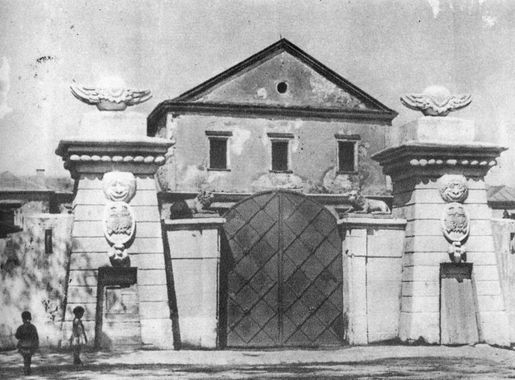
Podolian Upland: The Heart of Ukraine's Natural Beauty
Discover the Podolian Upland: Ukraine's hidden gem of natural beauty, rich history, and warm hospitality.
Nestled in the heart of Ukraine, the Podolian Upland is a picturesque region filled with rolling hills, lush forests, and meandering rivers. This enchanting landscape offers a perfect escape for nature lovers, history enthusiasts, and adventure seekers alike. Visitors to the Podolian Upland can explore the region's rich cultural heritage, which includes ancient castles, charming villages, and historical landmarks. The famous Kamianets-Podilskyi Castle, perched on a rocky cliff, provides a glimpse into the area's medieval past, while the quaint town of Medzhybizh invites travelers to step back in time with its well-preserved architecture. For those who love the great outdoors, the Podolian Upland offers numerous opportunities for hiking, cycling, and bird-watching. The diverse flora and fauna of the region make it a haven for wildlife enthusiasts. Don't forget to visit the stunning Dniester Canyon, one of the deepest canyons in Europe, where you can enjoy breathtaking views and serene boat trips. The Podolian Upland is also known for its warm and welcoming people. Visitors can experience traditional Ukrainian hospitality by staying in local guesthouses and savoring regional cuisine, which features hearty dishes made from fresh, locally-sourced ingredients. Whether you're exploring ancient ruins, trekking through scenic trails, or simply soaking in the tranquil atmosphere, the Podolian Upland promises an unforgettable journey.
Local tips in Podolian Upland
- Visit Kamianets-Podilskyi Castle early in the morning to avoid crowds and capture the best photos.
- Bring comfortable hiking shoes for exploring the numerous trails and natural parks.
- Try traditional Ukrainian dishes like borscht and varenyky at local eateries for an authentic culinary experience.
- Hire a local guide to enrich your visit with fascinating historical insights and hidden gems.
- Pack a light jacket, as the weather can be unpredictable in the upland region.
Podolian Upland: The Heart of Ukraine's Natural Beauty
Nestled in the heart of Ukraine, the Podolian Upland is a picturesque region filled with rolling hills, lush forests, and meandering rivers. This enchanting landscape offers a perfect escape for nature lovers, history enthusiasts, and adventure seekers alike. Visitors to the Podolian Upland can explore the region's rich cultural heritage, which includes ancient castles, charming villages, and historical landmarks. The famous Kamianets-Podilskyi Castle, perched on a rocky cliff, provides a glimpse into the area's medieval past, while the quaint town of Medzhybizh invites travelers to step back in time with its well-preserved architecture. For those who love the great outdoors, the Podolian Upland offers numerous opportunities for hiking, cycling, and bird-watching. The diverse flora and fauna of the region make it a haven for wildlife enthusiasts. Don't forget to visit the stunning Dniester Canyon, one of the deepest canyons in Europe, where you can enjoy breathtaking views and serene boat trips. The Podolian Upland is also known for its warm and welcoming people. Visitors can experience traditional Ukrainian hospitality by staying in local guesthouses and savoring regional cuisine, which features hearty dishes made from fresh, locally-sourced ingredients. Whether you're exploring ancient ruins, trekking through scenic trails, or simply soaking in the tranquil atmosphere, the Podolian Upland promises an unforgettable journey.
When is the best time to go to Podolian Upland?
Iconic landmarks you can’t miss
Golden Gate
Discover the Golden Gate of Kyiv, a historical marvel that showcases the city's rich culture and architectural beauty, inviting tourists to explore its enchanting history.
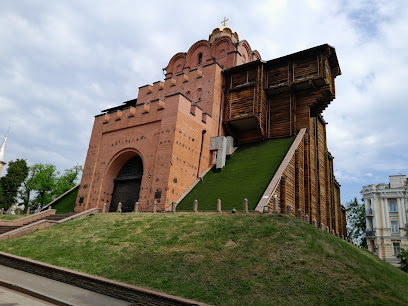
Kiev Pechersk Lavra
Explore the grandeur of Kiev Pechersk Lavra, a UNESCO World Heritage Site and a pivotal Orthodox monastery, rich in history and spiritual significance.
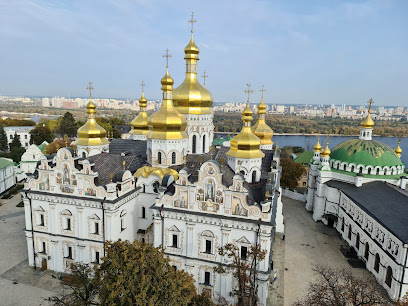
Kamianets-Podilskyi Castle
Explore the historic Kamianets-Podilskyi Castle, a stunning fortress that showcases Ukraine's rich heritage and architectural beauty.
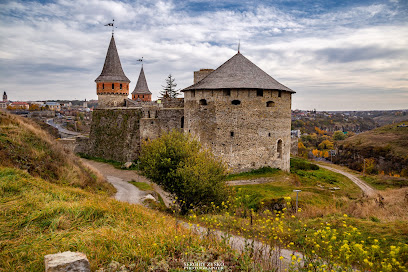
Ukrainian Motherland Monument
Explore the Ukrainian Motherland Monument, an iconic symbol of strength in Kyiv, surrounded by rich history and stunning views of the Dnieper River.
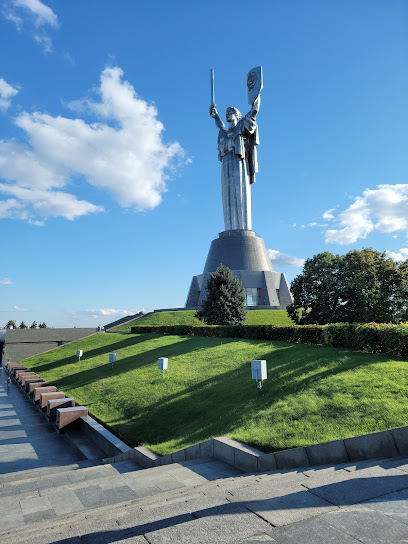
Podilski Tovtry National Park
Discover the breathtaking landscapes, rich biodiversity, and historical wonders of Podilski Tovtry National Park in Ukraine.
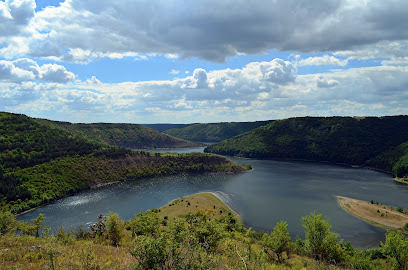
Bohdan Khmelnytsky Monument
Discover the Bohdan Khmelnytsky Monument, a historical landmark in Kyiv symbolizing Ukraine's rich heritage and vibrant culture.
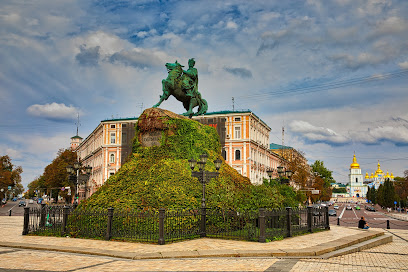
Miniature Museum of Ukrainian Castles
Discover Ukraine's architectural gems at the Miniature Museum of Ukrainian Castles in Kam'yanets'-Podil's'kyi, where history comes to life in miniature.
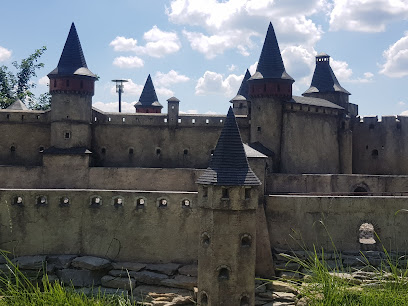
Potocki Palace
Explore the stunning Potocki Palace in Tul'chyn, a historical landmark that showcases the elegance of 18th-century architecture and rich cultural heritage.
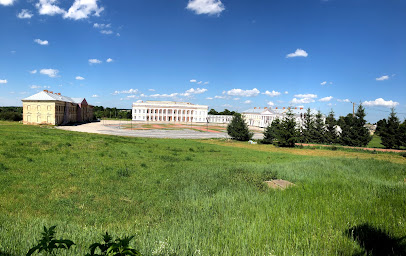
Volodymyr The Great Monument
Explore the Volodymyr The Great Monument in Kyiv, a stunning historical landmark and symbol of Ukraine's rich heritage, offering breathtaking views and cultural insights.
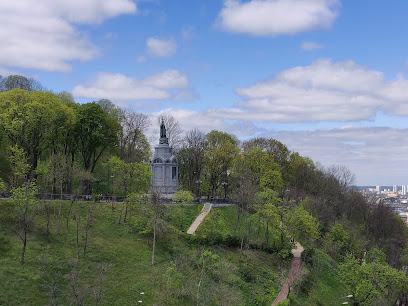
Novoplanivskyi Bridge
Discover the architectural beauty and historic significance of Novoplanivskyi Bridge in Kam'yanets'-Podil's'kyi, a must-visit gem for travelers in Ukraine.
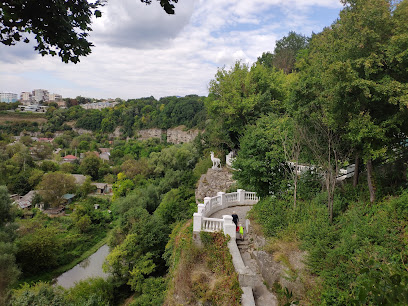
Independence Monument
Explore the Independence Monument in Kyiv, a stunning symbol of freedom, history, and cultural vibrancy at Maidan Nezalezhnosti.
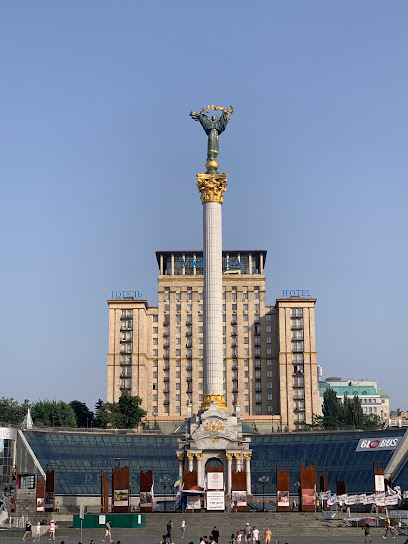
Pam'yatnyk Hetʹmanovi Petrovi Sahaydachnomu
Discover the rich history of Ukraine at the Het'man Petro Sahaydachny Monument in Khotyn, a stunning tribute to a legendary figure of the Cossack era.
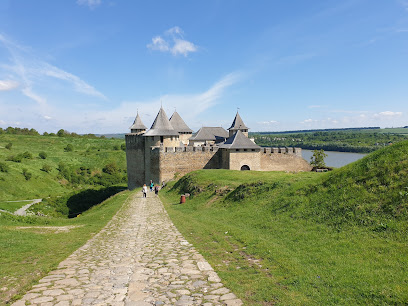
Destroyed mill Potocki
Discover the haunting beauty of the Potocki Mill in Vinnytsia Oblast—a historical landmark steeped in intrigue and surrounded by serene nature.
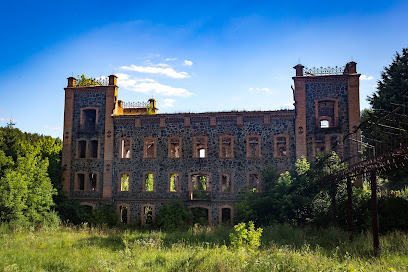
Palace of Count Ksido
Explore the Palace of Count Ksido, a stunning historical landmark in Khmil'nyk, showcasing unique architecture and rich cultural heritage.
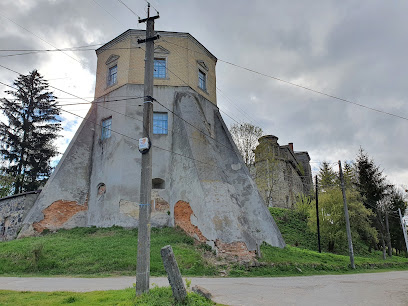
Maliyevetsʹkyy Park
Experience the serene beauty of Maliyevetskyy Park in Khmelnytskyi Oblast, a perfect escape into nature for every tourist.
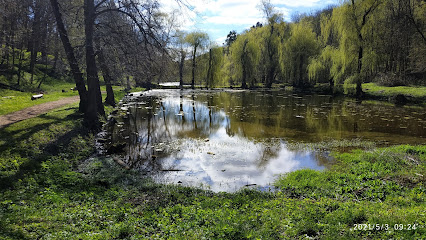
Unmissable attractions to see
Medzhybizh Fortress
Explore the enchanting Medzhybizh Fortress, a historical castle in Ukraine, rich in culture, stunning views, and captivating stories of the past.
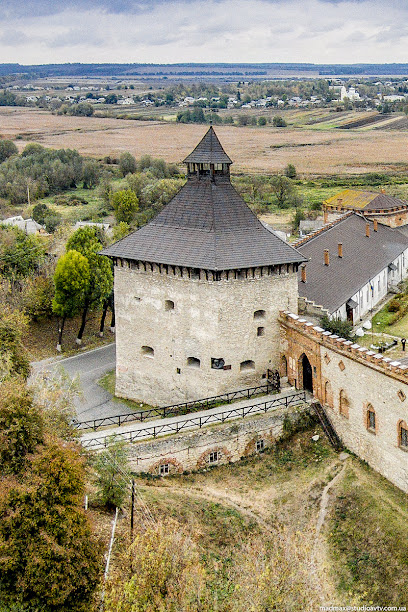
Шаргородська Арка
Explore the architectural beauty and cultural significance of Шаргородська Арка in Vinnytsia Oblast, a must-see destination for every traveler.
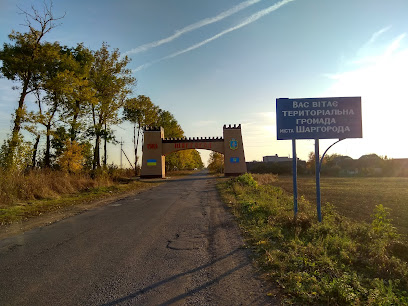
Apple Way
Experience the beauty of Apple Way in Severynivka, a must-visit tourist attraction with stunning landscapes and rich cultural heritage.
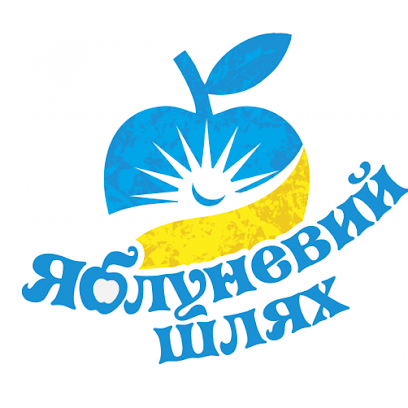
Памятник неизвестному солдату
Discover the Monument to the Unknown Soldier in Perepil'chyntsi, a poignant tribute to valor and sacrifice, enriching your travel experience in Ukraine.
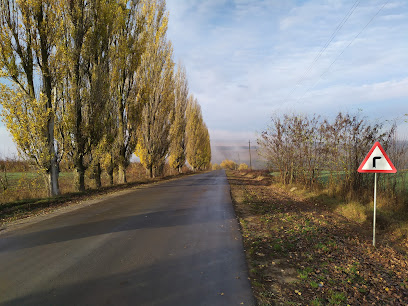
Tomb of the Unknown Soldier
Explore the solemn beauty of the Tomb of the Unknown Soldier in Bar, a touching tribute to brave souls and a significant piece of Ukrainian history.
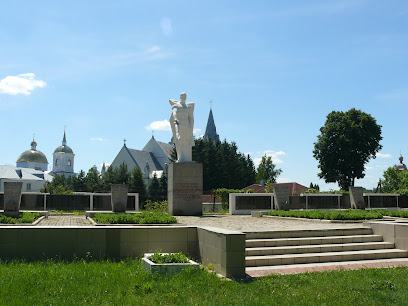
Sertse Podillya
Explore the natural beauty and tranquility of Sertse Podillya, a hidden gem in Vinnytsia Oblast perfect for nature lovers and adventure seekers.
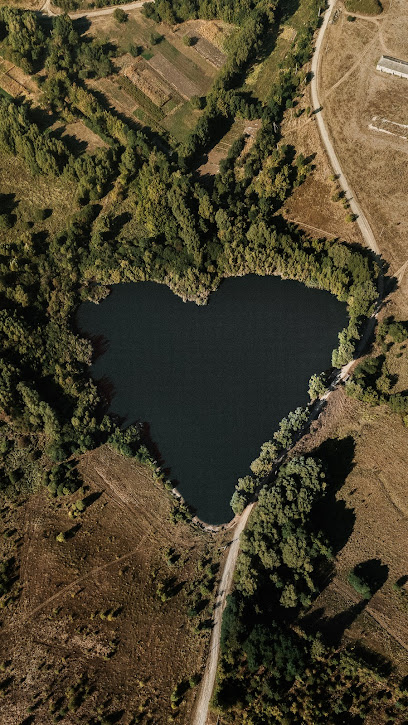
Katsmazivsʹki Dzherela
Explore the tranquil beauty of Katsmaziv'ski Dzherela, a stunning nature preserve in Vinnytsia Oblast, perfect for nature lovers and outdoor enthusiasts.
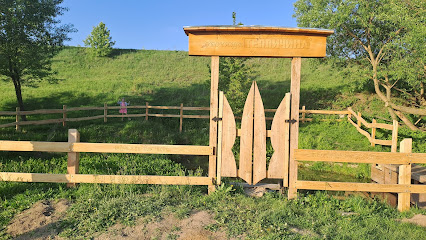
Камінь ЛЮБОВІ
Discover the enchanting Stone of Lyubov in Vinnytsia Oblast, a unique tourist attraction rich in legends and surrounded by stunning natural beauty.

Pansʹka Kupelʹ
Explore Pansʹka Kupelʹ in Khmelnytskyi Oblast: A serene tourist attraction rich in natural beauty and cultural heritage.
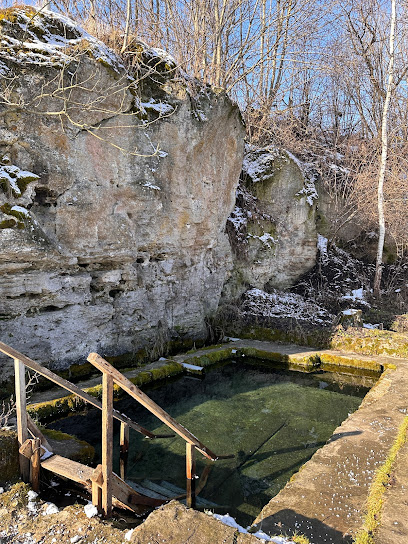
Vodyanyy Mlyn Na R.riv Poch. Khkh St.
Explore the Vodyanyy Mlyn, a scenic water mill on the Poch River, offering a perfect blend of nature, history, and tranquility in Vinnytsia Oblast.
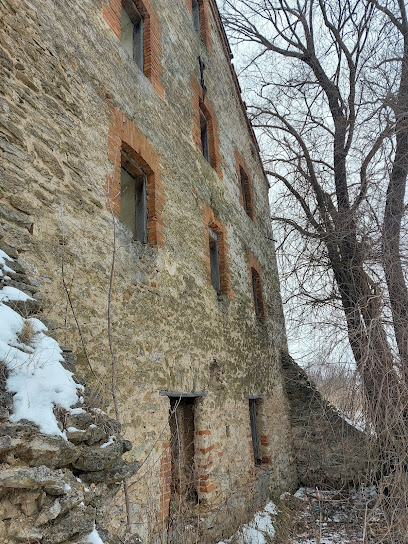
Я́сен плаку́чи
Explore Ясен плакучий, a serene arboretum in Vinnytsia Oblast, where nature thrives and tranquility reigns.

Transformer
Explore the Transformer in Vinnytsia Oblast, an artistic marvel combining innovative design and cultural richness, perfect for all travelers.
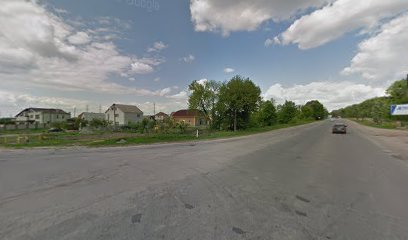
Дворец Собанских
Experience the beauty and history of the Palace of Sobansky in Vinnytsia Oblast, a stunning tourist attraction surrounded by picturesque gardens.

Дом лесника
Discover tranquility at Дом лісника, a serene tourist attraction in Літин, Vinnytsia Oblast, surrounded by nature's beauty and rich biodiversity.

Кедр сибі́рський
Explore the serene Siberian Cedar Arboretum in Noskivtsi, where nature's beauty meets tranquility in a lush landscape.

Essential places to dine
Puzata Hata
Experience the heartwarming flavors of traditional Ukrainian cuisine at Puzata Hata, Kyiv's beloved bistro destination.
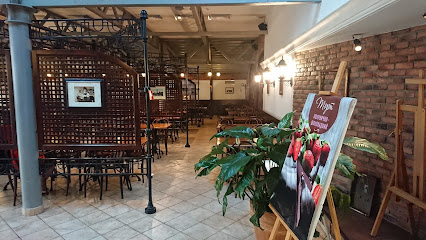
Mama Manana
Discover authentic Georgian cuisine at Mama Manana in Kyiv – where every dish tells a story and hospitality reigns supreme.
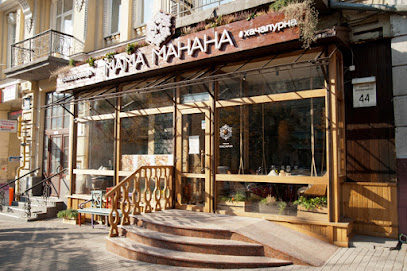
Rebernya Na Uzvozi
Experience the rich flavors of Ukrainian cuisine at Rebernya Na Uzvozi, where delicious meats meet craft beer in a cozy atmosphere.

Ostannya Barykada
Experience authentic Ukrainian cuisine at Ostannya Barykada in Kyiv's historic Maidan Nezalezhnosti - where culture meets culinary delight.
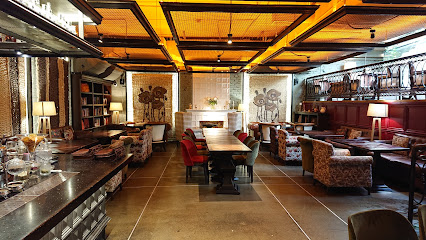
Krasna sadyba
Discover authentic Ukrainian flavors at Krasna Sadyba in Yaremche—where traditional dishes meet warm hospitality amidst breathtaking scenery.
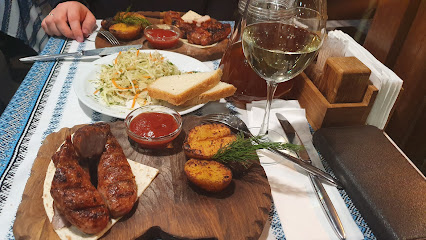
KANAPA restaurant
Discover KANAPA Restaurant in Kyiv: where authentic Ukrainian flavors meet modern dining experiences.
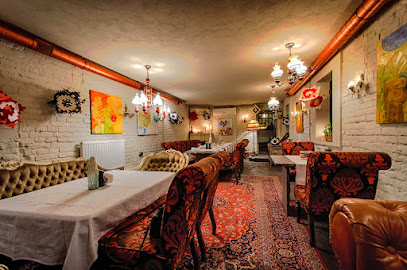
VINO e CUCINA
Discover authentic Italian cuisine at VINO e CUCINA in Kyiv - where every dish tells a story and every visit feels like home.
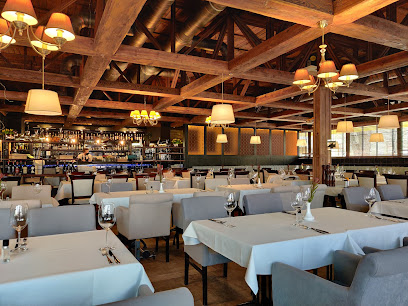
Lyubchyk Na Vozdvyzhentsi
Discover the heart of Ukrainian cuisine at Lyubchyk Na Vozdvyzhentsi - where tradition meets taste in a cozy Kyiv setting.

Vero Vero
Experience authentic Italian cuisine at Vero Vero in Kyiv's Podil's'kyi district, where every meal is a delightful journey through Italy.
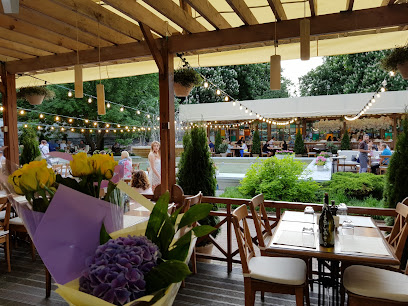
Vytrebenʹky Vid Dykanʹky
Experience authentic Ukrainian cuisine at Vytrebenʹky Vid Dykanʹky in Kam'yanets'-Podil's'kyi - where flavor meets tradition.

Spiegel
Discover Spiegel: A Culinary Haven in Khmelnytskyi Offering Local Flavors & International Cuisine in an Inviting Atmosphere.
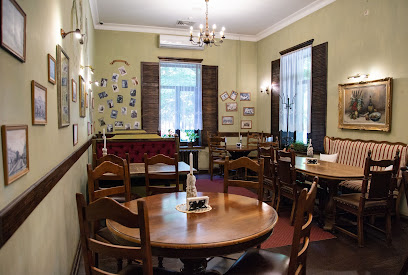
PetruS-ь
Discover authentic Ukrainian cuisine at PetruS-ь in Kyiv – a culinary gem offering traditional dishes in a warm atmosphere.
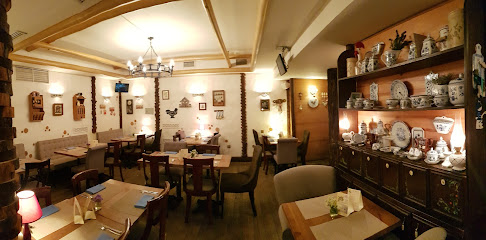
Buffalino
Experience authentic Italian cuisine at Buffalino in Kyiv – where every dish tells a story and every bite is a journey to Italy.
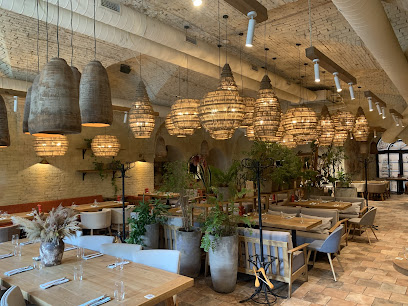
Familiya
Discover the flavors of Ukraine at Familiya in Khmelnytskyi - a restaurant celebrated for its authentic dishes and welcoming ambiance.
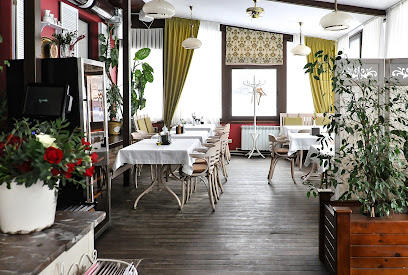
Kozatsʹkyy Stan
Discover Kozatsʹkyy Stan: A top-rated restaurant in Vinnytsia offering traditional Ukrainian cuisine in a welcoming atmosphere.
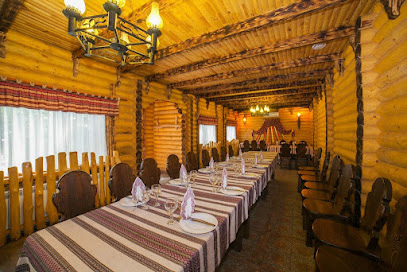
Markets, malls and hidden boutiques
Ocean Plaza
Explore Kyiv's Ocean Plaza: A Shopping Paradise with Dining and Entertainment Options for Every Taste.
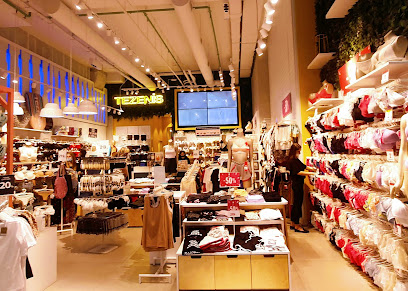
Forum Lviv
Discover the vibrant shopping experience at Forum Lviv, where fashion meets fine dining in the heart of Lviv.
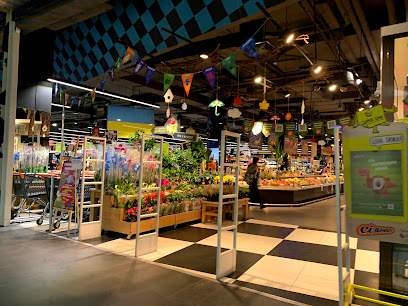
ТРЦ Gulliver
Discover the vibrant shopping experience at Gulliver Mall in Kyiv, where fashion, food, and entertainment come together in one spectacular location.
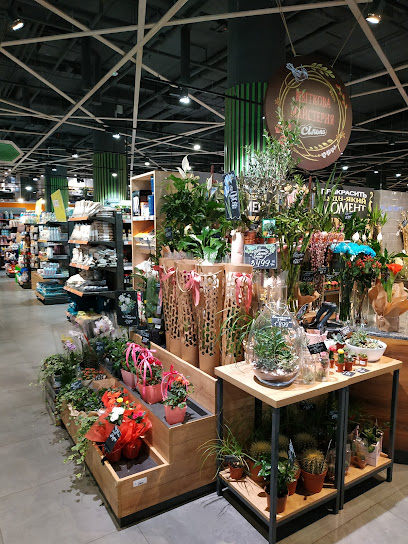
King Cross Leopolis SEC
Discover shopping bliss at King Cross Leopolis, Lviv's ultimate destination for retail therapy, dining, and entertainment, perfect for all visitors.
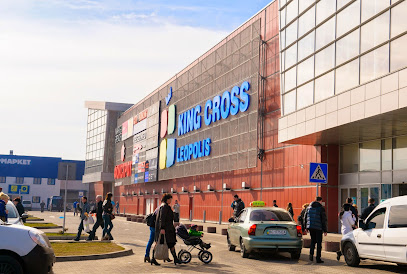
Fabrika Mall
Explore the vibrant Fabrika Mall in Kherson, a shopping haven with diverse retail, dining, and entertainment options for all ages.
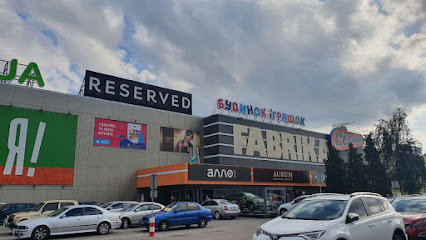
Ukraina Shopping Mall
Explore the vibrant Ukraina Shopping Mall in Kyiv, a shopping haven with diverse stores, dining delights, and family-friendly entertainment.
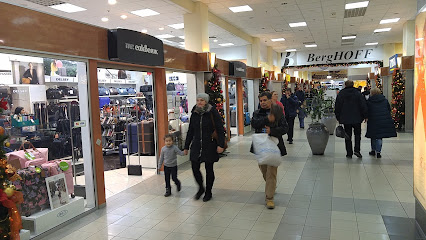
TSUM
TSUM in Kyiv: A shopping paradise blending luxury brands and local treasures in a stunning architectural setting.
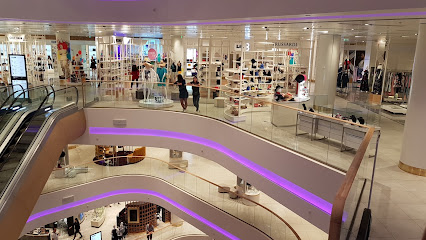
River Mall
Explore River Mall in Kyiv, a bustling shopping paradise offering retail therapy, diverse dining, and exciting entertainment experiences.
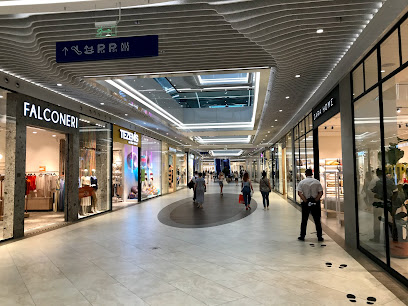
Gorodok Shopping Mall
Discover a shopper's haven at Gorodok Shopping Mall, where diverse boutiques, dining options, and entertainment await in the heart of Kyiv.
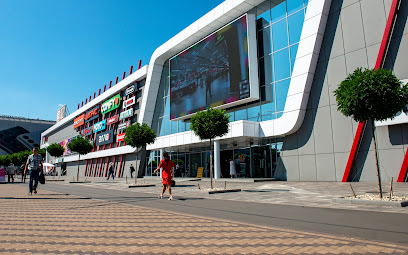
Opera Passage
Experience the vibrant ambiance of Opera Passage, Lviv's premier shopping mall, where local charm meets modern retail and delightful dining options.

Sanahunt
Explore Sanahunt in Kyiv for stylish clothing that blends local trends with modern designs, perfect for any fashion enthusiast visiting the city.
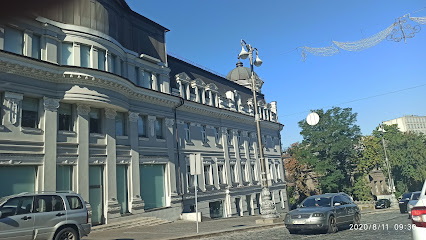
Hurtovyy Produktovyy Sklad
Explore local delicacies and everyday essentials at Hurtovyy Produktovyy Sklad in Zhmerynka, a must-visit store for every traveler.
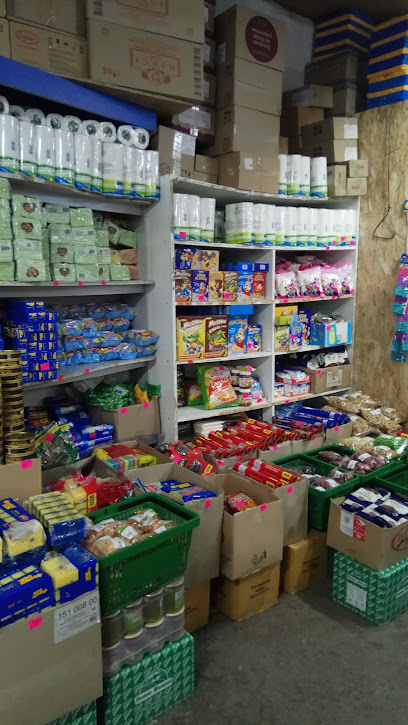
Talisman
Discover local flavors and fresh products at Talisman, a grocery store in Bar, Vinnytsia Oblast, where culinary delights await every visitor.

Dzhyla
Discover the essence of local Ukrainian culture at Dzhyla grocery store in Bar, where fresh produce and artisanal goods await your visit.
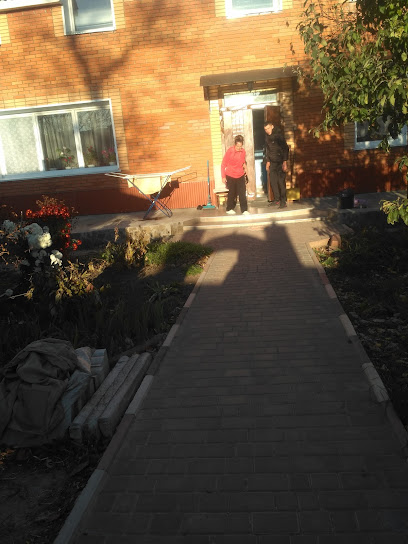
Construction Yard
Explore the Construction Yard in Vinnytsia Oblast for all your building material needs and elevate your home improvement projects with quality supplies.
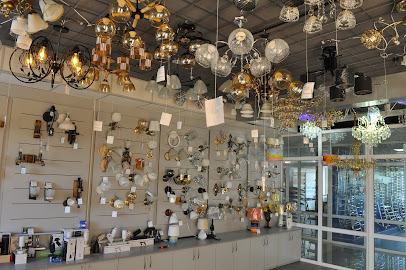
Essential bars & hidden hideouts
Punkraft
Discover Punkraft in Kyiv, where craft beers and artisanal cocktails meet a vibrant atmosphere and live entertainment.
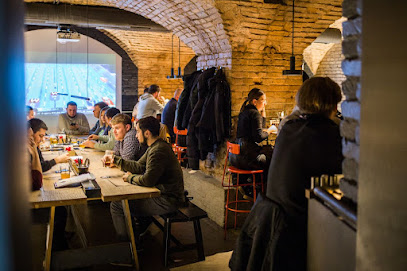
Pink Freud Kyiv
Discover the eclectic charm and vibrant nightlife of Pink Freud Kyiv, where innovative cocktails meet a lively atmosphere in the heart of the city.
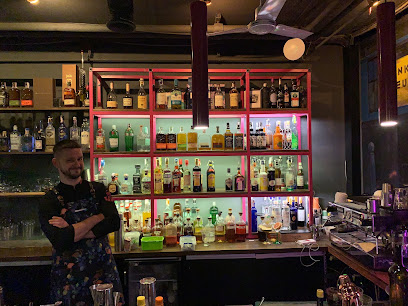
Beer & Blues
Discover Vinnytsia's premier destination for craft beer, live music, and unforgettable nights at Beer & Blues.
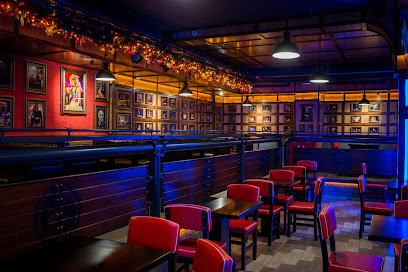
Khvylʹovyy
Experience Kyiv's vibrant nightlife at Khvylʹovyy, where creative cocktails and energetic music await in a chic atmosphere.
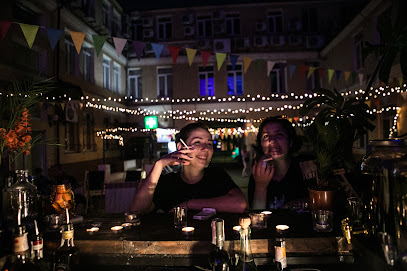
Parovoz Speak Easy
Discover the charm of Parovoz Speak Easy, Kyiv's premier cocktail bar, where vintage style meets modern mixology for an unforgettable experience.
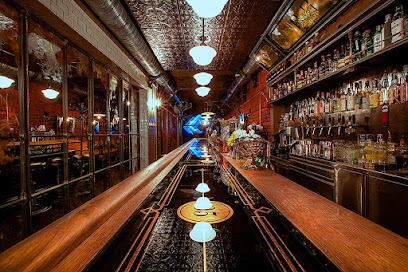
Win Bar
Discover the perfect blend of exquisite wines and delicious barbecue at Win Bar in Kyiv's charming Podil's'kyi district.
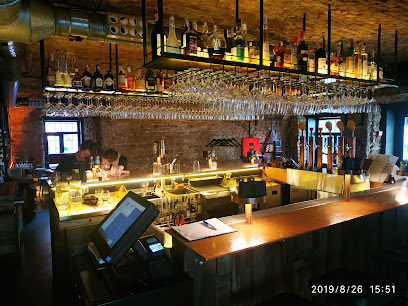
To Be
Experience the vibrant culinary scene of Kyiv at To Be, a lively bar and restaurant offering delicious dishes and exceptional hookah.
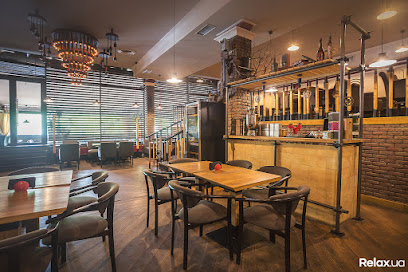
Horse in gas mask
Discover the vibrant flavors of Vinnytsia at Horse in Gas Mask, a unique gastropub blending local tastes with a quirky ambiance.
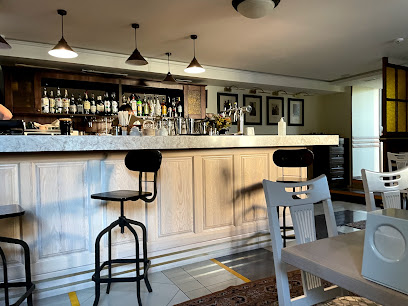
retro pub
Experience the vibrant atmosphere and delicious cuisine at Retro Pub, the heart of Zhmerynka's nightlife.
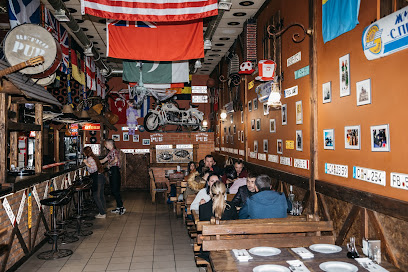
BEERlin
Experience the heart of Vinnytsia's beer culture at BEERlin, where craft brews and a vibrant atmosphere await every visitor.
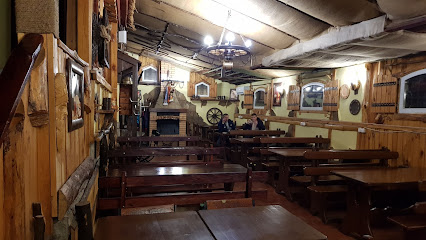
Na Podoli Pab
Discover the lively Na Podoli Pab in Kyiv, where traditional pub charm meets modern vibes, perfect for drinks, food, and socializing.
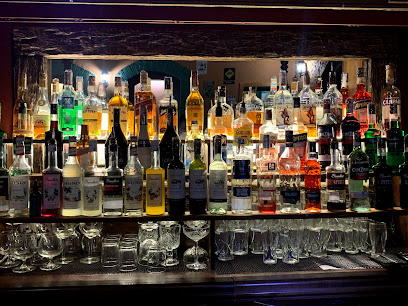
Hotelʹ Perlyna
Experience the perfect blend of comfort and culinary delights at Hotelʹ Perlyna in Bar, Vinnytsia Oblast.
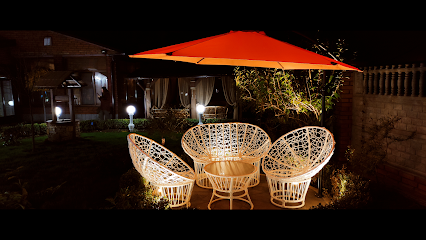
Кафе - Бар BEST
Experience the best of Struha's nightlife at Cafe-Bar BEST, where great drinks and a welcoming atmosphere await you.
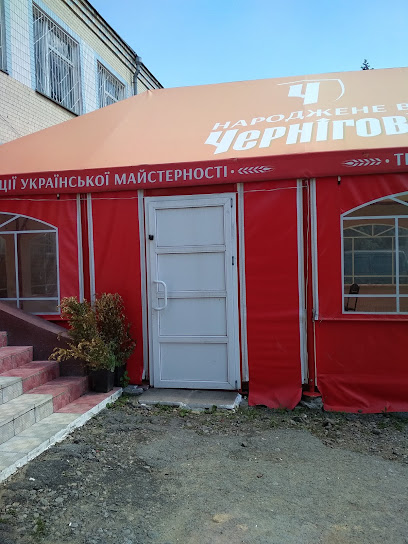
База «Росинка»
Experience the local charm and serene ambiance at База «Росинка», a bar offering delightful drinks in the heart of Vinnytsia Oblast.
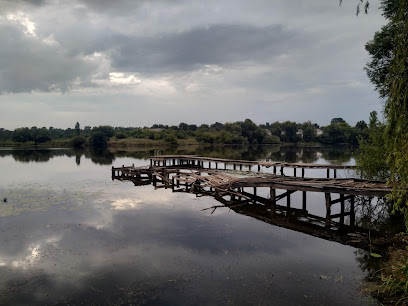
Barsʹka Rebernya
Experience the warmth of Ukrainian hospitality at Barsʹka Rebernya, a charming bar in Bar, Vinnytsia Oblast, perfect for a relaxing visit.
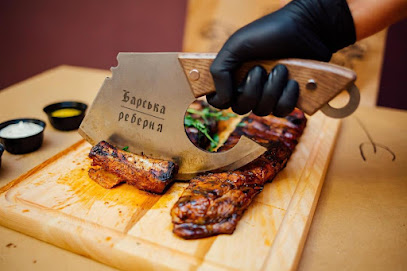
Local Phrases about Podolian Upland
-
- HelloПривіт
[pryvit] - GoodbyeДо побачення
[do pobachennya] - YesТак
[tak] - NoНі
[ni] - Please/You're welcomeБудь ласка
[budʲ laska] - Thank youДякую
[dyakuyu] - Excuse me/SorryВибачте
[vybachte] - How are you?Як справи?
[yak spravy] - Fine. And you?Добре. А ви?
[dobre. A vy?] - Do you speak English?Ви розмовляєте англійською?
[vy rozmovlyayete anhliysʲkoyu] - I don't understandЯ не розумію
[ya ne rozumiyu]
- HelloПривіт
-
- I'd like to see the menu, pleaseЯ хотів би подивитися меню, будь ласка
[ya hotiv by podyvytysya menyoo, budʲ laska] - I don't eat meatЯ не їм м'ясо
[ya ne yim m'yaso] - Cheers!На здоров'я!
[na zdorov'ya] - I would like to pay, pleaseЯ хотів би розрахуватися, будь ласка
[ya hotiv by rozrakhuvatysya, budʲ laska]
- I'd like to see the menu, pleaseЯ хотів би подивитися меню, будь ласка
-
- Help!Допоможіть!
[dopomozhitʲ] - Go away!Піди геть!
[pidy hetʲ] - Call the Police!Викличте поліцію!
[vyklychte politsiyu] - Call a doctor!Викличте лікаря!
[vyklychte likarya] - I'm lostЯ загубився
[ya zahubyvsya] - I'm illЯ хворий
[ya khvoryy]
- Help!Допоможіть!
-
- I'd like to buy...Я б хотів купити...
[ya b hotiv kupity] - I'm just lookingЯ просто дивлюсь
[ya prosto dyvlyusʲ] - How much is it?Скільки це коштує?
[skilʲky tse koshtuye] - That's too expensiveЦе занадто дорого
[tse zanadto doroho] - Can you lower the price?Чи можете ви знизити ціну?
[chy mozhete vy znyzyty tsinu]
- I'd like to buy...Я б хотів купити...
-
- What time is it?Котра година?
[kotra hodyna] - It's one o'clockОдна година
[odna hodyna] - Half past (10)Пів на (десять)
[piv na (desyatʲ)] - MorningРанок
[ranok] - AfternoonДень
[denʲ] - EveningВечір
[vechir] - YesterdayВчора
[vchora] - TodayСьогодні
[sohodni] - TomorrowЗавтра
[zavtra] - 1Один
[odyn] - 2Два
[dva] - 3Три
[try] - 4Чотири
[chotyry] - 5П'ять
[pyatʲ] - 6Шість
[shistʲ] - 7Сім
[sim] - 8Вісім
[visim] - 9Дев'ять
[devyatʲ] - 10Десять
[desyatʲ]
- What time is it?Котра година?
-
- Where's a/the...?Де є/знаходиться...?
[de ye/znakhodytsya] - What's the address?Яка адреса?
[yaka adresa] - Can you show me (on the map)?Чи можете ви показати мені (на карті)?
[chy mozhete vy pokazaty meni] - When's the next (bus)?Коли наступний (автобус)?
[koly nastupnyy] - A ticket (to ....)Квиток (до ...)
[kvitok (do)]
- Where's a/the...?Де є/знаходиться...?
History of Podolian Upland
-
The Podolian Upland, with its fertile soil and strategic location, has been inhabited since prehistoric times. Archaeological evidence suggests that the region was home to various ancient tribes, including the Trypillians, known for their large settlements and intricate pottery, dating back to 4500-3000 BCE.
-
During the 10th and 11th centuries, the Podolian Upland became part of the Kievan Rus’, a powerful and expansive East Slavic state. The Kievan Rus’ facilitated the spread of Christianity in the region, leading to the establishment of numerous churches and monasteries, some of which have ruins that can still be visited today.
-
In the 14th century, the Podolian Upland came under the control of the Grand Duchy of Lithuania. This period saw significant fortifications being built, including the Kamianets-Podilskyi Castle, a magnificent example of medieval architecture that served as a crucial defensive structure against invasions.
-
By the late 16th century, the Podolian Upland was part of the Polish-Lithuanian Commonwealth. This era brought economic prosperity and cultural development to the region, with the establishment of markets, schools, and religious institutions. The town of Kamianets-Podilskyi became a vibrant center of trade and culture.
-
In the late 17th century, the Podolian Upland fell under Ottoman rule following the Treaty of Buchach in 1672. The Ottomans established their administrative center in Kamianets-Podilskyi, which became a vital stronghold. The influence of Ottoman architecture and culture can still be seen in the region’s historical sites.
-
After the Treaty of Karlowitz in 1699, the Podolian Upland was re-incorporated into the Polish-Lithuanian Commonwealth, only to be annexed by the Russian Empire in the late 18th century as a result of the Partitions of Poland. Under Russian rule, the region saw infrastructural development, including the construction of roads and railways.
-
During World War II, the Podolian Upland witnessed significant conflict and devastation. Post-war, it became part of the Ukrainian SSR within the Soviet Union. The Soviet era brought industrialization and collectivization, which greatly altered the social and economic landscape of the region.
-
Following the dissolution of the Soviet Union in 1991, the Podolian Upland became part of independent Ukraine. Today, the region is celebrated for its rich history, stunning landscapes, and cultural heritage. Efforts to preserve its historical sites and promote tourism have made the Podolian Upland a must-visit destination for history enthusiasts.
Podolian Upland Essentials
-
Podolian Upland is located in the western part of Ukraine. The nearest major city is Vinnytsia, which has a well-connected train station. The closest international airport is in Lviv, approximately 200 kilometers away. From Lviv, you can take a train or a bus to Vinnytsia, which typically takes around 3 to 4 hours. Alternatively, Kyiv, the capital of Ukraine, is also a viable entry point with more frequent international flights. From Kyiv, you can take a train or bus to Vinnytsia as well.
-
Within the Podolian Upland, local transportation options include buses, taxis, and marshrutkas (minibuses). For a more flexible travel experience, renting a car is recommended, allowing you to explore the region's rural areas and historical sites at your own pace. The road network is generally in good condition, but be cautious of occasional potholes and narrow village roads.
-
The official currency in Ukraine is the Ukrainian Hryvnia (UAH). Credit cards are accepted in larger cities and by major hotels and restaurants, but smaller establishments and rural areas often deal in cash only. ATMs are available in cities like Vinnytsia, but it is advisable to carry sufficient cash when traveling to remote areas. Currency exchange services are available at airports, banks, and exchange offices.
-
Podolian Upland is generally a safe destination for tourists. However, it is advisable to take standard precautions. Avoid walking alone at night in unfamiliar areas and keep an eye on your belongings in crowded places. While there are no specific high-crime areas targeting tourists, it is always best to stay vigilant and aware of your surroundings. Consult local advice if you plan to visit areas off the beaten path.
-
In case of emergency, dial 112 for immediate assistance. Medical facilities and pharmacies are available in larger towns like Vinnytsia. It is recommended to have travel insurance that covers medical emergencies. The local police are generally helpful, and English-speaking assistance can be found in tourist areas. Keep a list of emergency contacts and addresses of hospitals and police stations handy.
-
Fashion: Do dress modestly, especially when visiting religious sites. Avoid overly revealing clothing. Religion: Do respect local customs and traditions. Always cover your head when entering churches and monasteries. Public Transport: Do be respectful and give up your seat to elderly passengers. Don’t eat or drink on public transport. Greetings: Do greet people with a firm handshake and a smile. Ukrainians appreciate direct eye contact. Eating & Drinking: Do try local dishes such as borscht and varenyky. Don’t refuse food offerings, as it is considered impolite.
-
To experience Podolian Upland like a local, visit the local markets where you can buy fresh produce and traditional Ukrainian goods. Engage with locals, as they are often friendly and willing to share stories about the region's history and culture. Don't miss visiting historic sites such as the Kamianets-Podilskyi Castle and the Pysanka Museum in Kolomyia. For a unique experience, participate in local festivals and traditional celebrations.
Trending Landmarks in Podolian Upland
-
Golden Gate
-
Kiev Pechersk Lavra
-
Kamianets-Podilskyi Castle
-
Ukrainian Motherland Monument
-
Podilski Tovtry National Park
-
Bohdan Khmelnytsky Monument
-
Miniature Museum of Ukrainian Castles
-
Potocki Palace
-
Volodymyr The Great Monument
-
Novoplanivskyi Bridge
-
Independence Monument
-
Pam'yatnyk Hetʹmanovi Petrovi Sahaydachnomu
-
Destroyed mill Potocki
-
Palace of Count Ksido
-
Maliyevetsʹkyy Park
Nearby Cities to Podolian Upland
-
Things To Do in Khmelnytskyi
-
Things To Do in Chernivtsi
-
Things To Do in Ternopil
-
Things To Do in Suceava
-
Things To Do in Orhei
-
Things To Do in Iasi
-
Things To Do in Ivano-Frankivsk
-
Things To Do in Chișinău
-
Things To Do in Kyiv
-
Things To Do in Lutsk
-
Things To Do in Tiraspol
-
Things To Do in Lviv
-
Things To Do in Cherkasy
-
Things To Do in Kropyvnytskyi
-
Things To Do in Baia Mare

